#Birds of Europe
Text
BOTD: Ural Owl

^Image credit: Jyrki Salmi
Ural Owl (Strix uralensis)
The Ural Owl was given its scientific and common names by Peter Simon Pallas in 1771, due to the type specimen having been collected in the Ural Mountains of Russia. It is referred to in various languages by various names, some of which translate to "attacking owl", "long tailed owl", and "goshawk-owl". They are thought to be closely related to Tawny Owls.
#bird of the day#ural owl#birds of europe#birds of russia#birdwatching#birding#owls#owl#ural owls#strix uralensis#birds of prey#bird of prey#bird facts#ornithology#bird behaviour#bird names#bird taxonomy#birds#bird
98 notes
·
View notes
Text
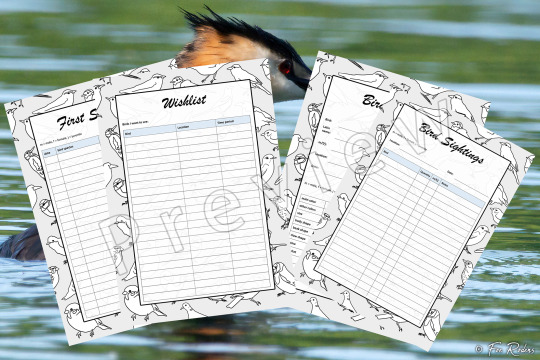

Two bundles of helpful tracking templates for bird watchers: 115 PDF pages in English/ 116 PDF pages in German.
Starting off my new Etsy listings with a discount for the first few days!
English templates: https://www.etsy.com/de/listing/1472278106/bird-watching-115-pdf-files-instant
German templates: https://www.etsy.com/de/listing/1483435973/vogelbeobachtung-116-pdf-dateien-deutsch
#bird watching#birding#wild birds#bird lovers#birds nature#vogelbeobachtung#vogelfotografie#birdlovers#raptor birds#european birds#birds of tumblr#birds of europe#birdsofinstagram#birder#birders#birders gallery#birdingphotography#birdwatching#vögel#bird photo#birds of germany#bird photography
3 notes
·
View notes
Text

Wallcreeper (Tichodroma muraria), family Tichodromidae, Switzerland
This species is the only member of this genus and family.
photograph by donini_photography
23K notes
·
View notes
Text

A snow bunting (Plectrophenax nivalis) in the United Kingdom
by Graham Thurlow
#snow bunting#birds#plectrophenax nivalis#plectrophenax#calcariidae#passeriformes#aves#chordata#wildlife: uk#wildlife: europe
1K notes
·
View notes
Photo

Monemvasiá at Peloponnese, Greece.
Valantis M. Photography
#greece#europe#travel#drone photography#bird´s eye view#townscape#town#places#seascape#sea#architecture#monemvasia#peloponnisos#laconia#peloponnese#mainland
1K notes
·
View notes
Text

Ferdinand von Wright (Finnish, 1822-1906)
Mealy Redpolls, 1889
Finnish National Gallery
#Ferdinand von Wright#Mealy Redpolls#art#1800s#finnish art#finnish#finland#fine art#european art#classical art#europe#european#fine arts#oil painting#europa#birds#winter#christmas#classic art#painting#artwork#mealy redpolls
1K notes
·
View notes
Text



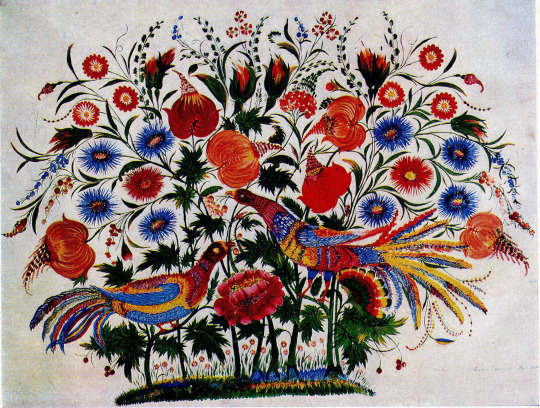

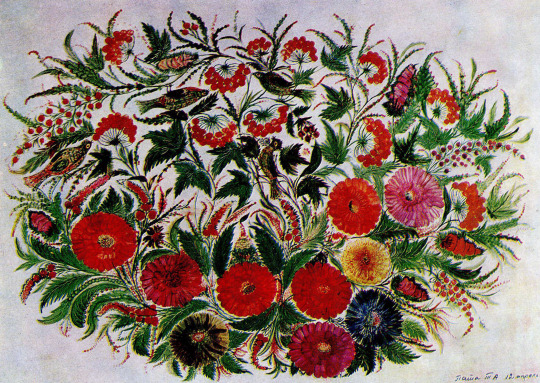


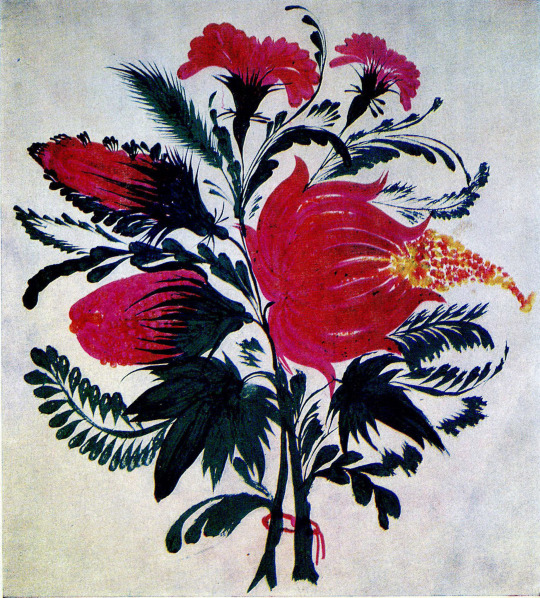


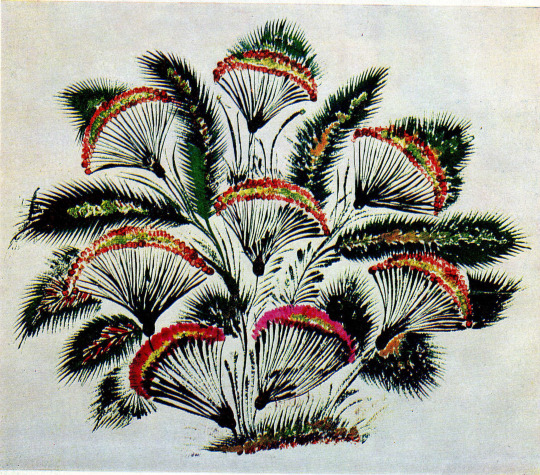

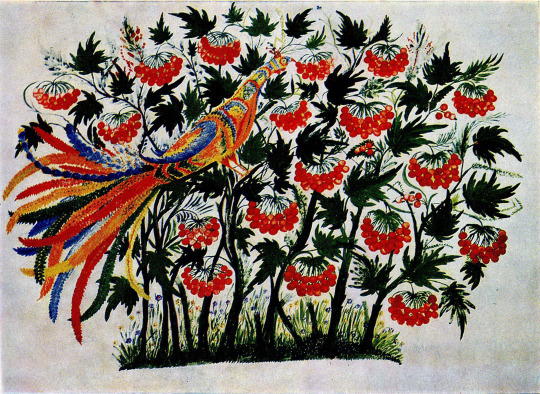


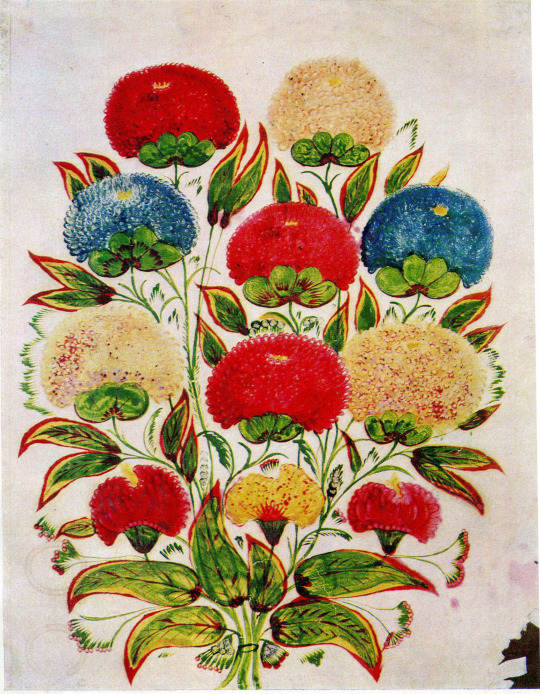


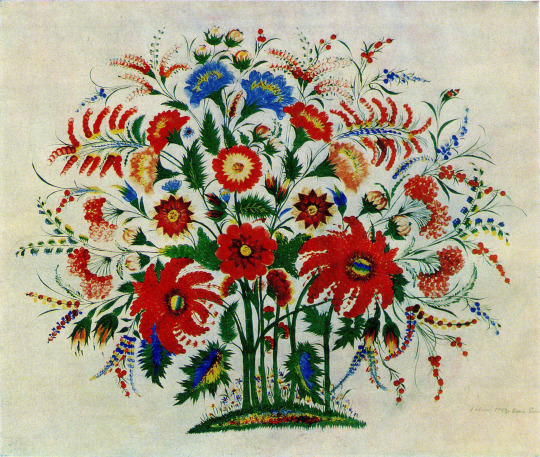
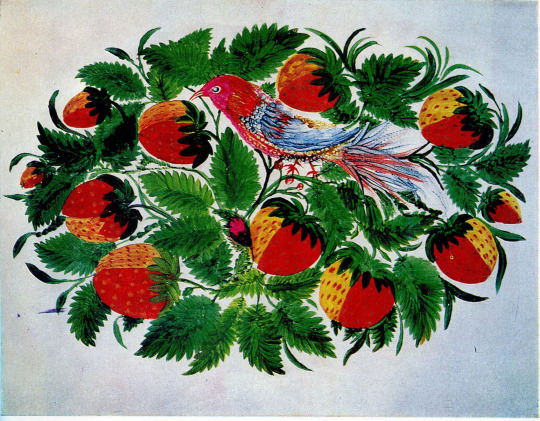
Art by Ukrainian folk artist Tetiana Pata (1884-1976) from the village of Petrykivka (after wich the distinctive local art style of folk drawings was named). Petrykivka artists used drawings to decorate walls ans ceilings of the houses, furniture and sometimes clothes. The pictures are from the album printed in 1973. Scans are of good quality, so feel free to save the favs and zoom in as it's not easy to find such a quality while searching on Google.
Мистецтво української народної художниці Тетяни Пати (1884-1976) з села Петриківка (від якої названо самобутній місцевий художній стиль народного малюнка). Петриківські художники малюнком прикрашали стіни та стелю будинків, меблі, іноді одяг. Малюнки подано за виданням альбому 1973 року. Відскановані зображення хорошої якості, тож не соромтеся зберігати що сподобається та наближати картинку, оскільки непросто знайти таку якість під час пошуку в Google.
Source : https://uartlib.org/knygy-pro-hudozhnykiv/tetyana-pata-albom/
#ukraine#eastern europe#culture#art#world culture#folk art#flower art#drawings#paintings#Tetyana Pata#petrykivka#birds#arts and crafts#woman artist#folk ornaments#decoration#floral painting#floral decor#floral art#український tumblr#український тамблер#bouquet#flowers
765 notes
·
View notes
Text

The Minotaur by George Frederic Watts
#minotaur#art#george frederic watts#asterion#greek mythology#labyrinth#mythical creatures#mythology#ancient greek#ancient greece#classical antiquity#crete#cretan#cretan bull#bull#mediterranean#symbolism#symbolist#sea#monster#monsters#beasts#bird#europe#european
318 notes
·
View notes
Text

Sparrow
#sparow#canon#croatia#europe#photo#photography#hrvatska#photographers on tumblr#original photographers#nature#bird#bird photography#my photos#canon photography#nature photography#nature photopragpy
216 notes
·
View notes
Text
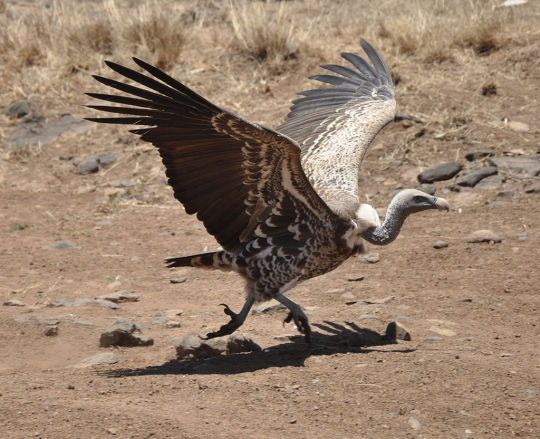
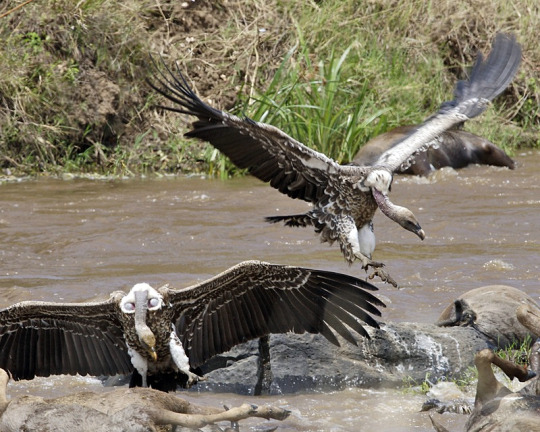
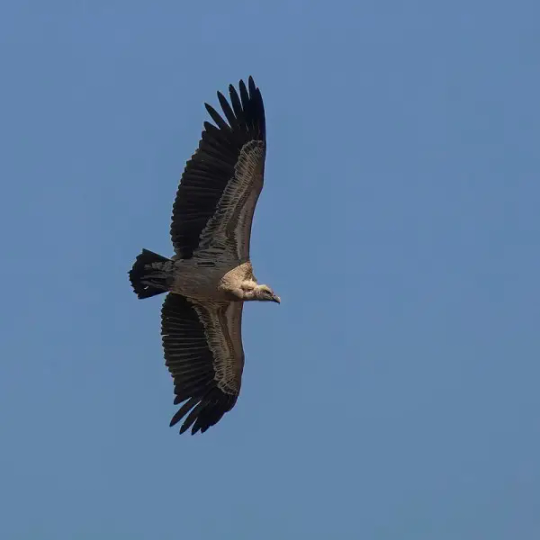
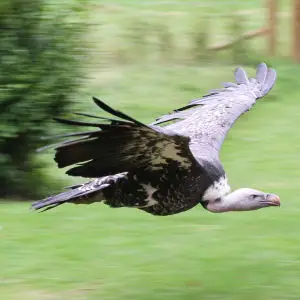

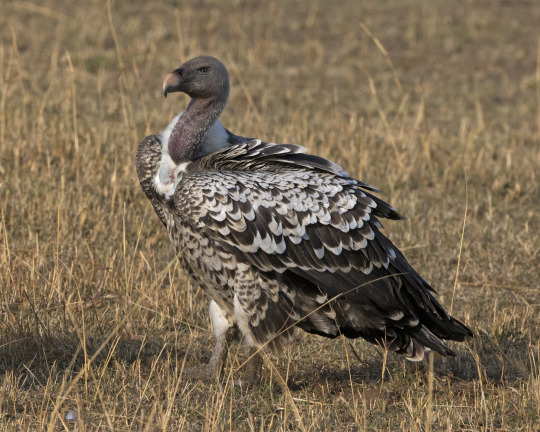
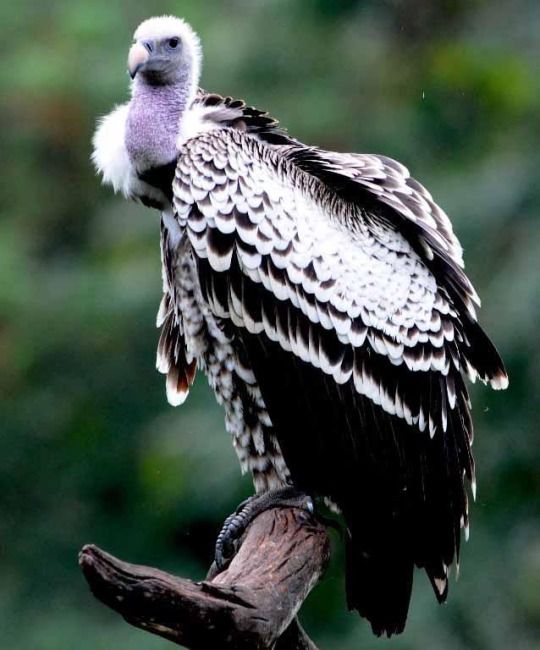
Rüppell's vulture also called Rüppell's griffon vulture, named after Eduard Rüppell, is a large bird of prey in the genus Gyps which is native throughout the sahel and eastern Africa including the countries of Algeria, Benin, Burkina Faso, Burundi, Cameroon, the Central African Republic, Chad, The Ivory Coast, Djibouti, Eritrea, Ethiopia, Gambia, Ghana, Guinea, Guinea-Bissau, Kenya, Mali, Mauritania, Niger, Nigeria, Rwanda, Senegal, Somalia, South Sudan, Sudan, Tanzania, Togo, and Uganda. Here they tend to inhabit grasslands, mountains, and open woodland. Rüppell's vultures are diurnal and very social birds, roosting, nesting, and feeding in large flocks. They spend much of their time flying at great altitudes, using strong winds and thermals to efficiently soar they are known to regular cruise at upwards of 20,000ft (6,000m) above the ground with some known to go as high as 37,000ft (11,300m) making them the highest flying bird. These vultures locate food by sight only, and often follow herds of animals. Once they find a carcass they swoop down, land a little way off, then bound forward with wings spread and their long neck outstretched. Even amongst old world vultures, Rüppell's vultures are specialized feeders with a spiked tongue and strong beak they can strip flesh with ease, and feed upon pelts, hides, and even the bones themselves. Reaching around 33 to 41in (85 -103cms) long, 14 – 20lbs in weight, with a 7.5-8.6ft (2.26 -2.6m) wingspan. They are one of the largest vultures in Africa, both sexes sport mottled brown or black feathering overall with a whitish-brown underbelly and thin, dirty-white fluff covering the head and neck. The base of the neck has a white collar, the eye is yellow or amber, the crop patch deep brown. The head does not have feathers. This species of vulture is considered to be monogamous, forming lifelong breeding pairs. They nest on cliffs in colonies up to a 1,000 strong. After courtship a pair will work together to build a nest using sticks, grass, and leaves that they have gathered or stolen from other nests, here the mother will lay 1 egg. Both parents share in incubation of their egg over a period of 55 days. Once the chick hatches, both parents will feed and tend to it for about 150 days when it fledges. Young remain dependent on their parents after fledging, not reaching independence until the next breeding season. Under ideal conditions a ruppells vulture may live up to 50 years.
#pleistocene#pleistocene pride#pliestocene pride#pliestocene#bird#dinosaur#vulture#ruppells vulture#africa#asia#europe#eurasia#flying#griffon#griffin#griffon vulture
436 notes
·
View notes
Photo
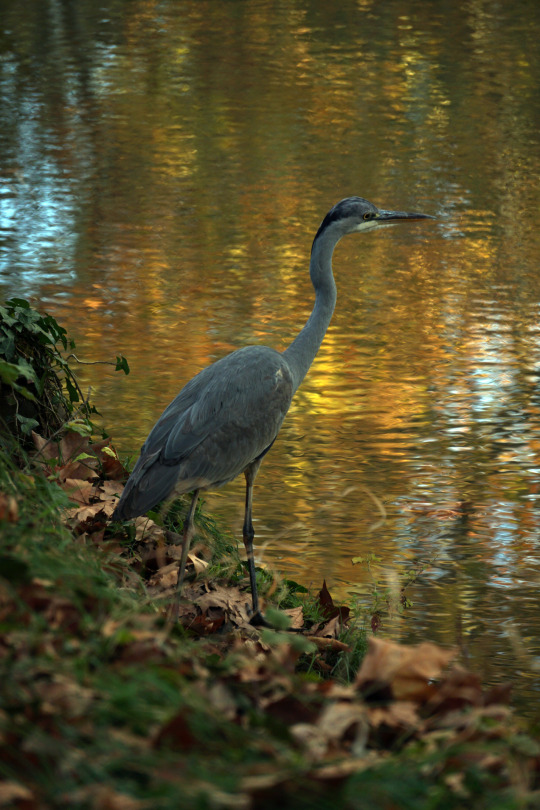
Nov 13. Héron cendré (ardea cinerea).
Canal du Midi, Toulouse, France.
#photographers on tumblr#original photography#landscape#animals#lensblr#autumn#falls#bird#grey heron#france#canal du midi#toulouse#europe#sony a6000
741 notes
·
View notes
Text

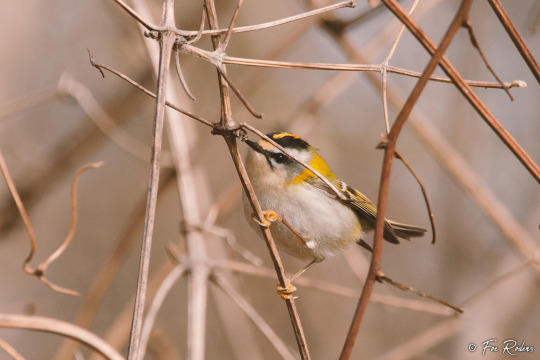
The common firecrest (Sommergoldhähnchen) along with its cousin the goldcrest (Wintergoldhähnchen) is the smallest bird in Germany. It measures about 9 cm, has a wingspan of 13-16 cm and weighs only 4-6 grams. They’re definitely hard to capture on photo, since they hop and fly through the brush as if they’d drunk an entire energy drink. Photo: Foe Rodens
#firecrest#common firecrest#Goldhähnchen#Sommergoldhähnchen#regulusignicapillus#birding#bird photographer#birds of Germany#Vögel Deutschlands#Vögel#Vogelfotografie#Vogelbeobachtung#Birds of Europe#Birdwatching
4 notes
·
View notes
Text

Common or Eurasian Coot (Fulica atra), family Rallidae, order Gruiformes, found across much of Eurasia, northern Africa, and Oceania, Australia and New Zealand
The remarkable feet of coots are fissipalmate (lobed/partially webbed), which help them swim and walk across soft mud (without sinking).
Coots are not ducks, but are more closely related to rails and gallinules/swamphens (and more distantly, cranes).
photograph by Pat L. on flickr
#coot#waterfowl#fulica#rallidae#rail#gruiformes#bird#ornithology#animals#nature#europe#asia#australia#africa
5K notes
·
View notes
Text

Juvenile sand martins (Riparia riparia) wait in their nest for their parents to bring food
by Graham Thurlow
#sand martin#swallows#birds#riparia riparia#riparia#Hirundinidae#passeriformes#aves#chordata#wildlife: uk#wildlife: europe
396 notes
·
View notes
Photo

📍Galaxidi, Greece by Christos Kapoulas.
#greece#europe#night#moon#night photography#seascape#townscape#town#sea#night lights#bird's eye view#galaxidi#phocis#fokida#sterea hellas#central greece#mainland
1K notes
·
View notes
Text



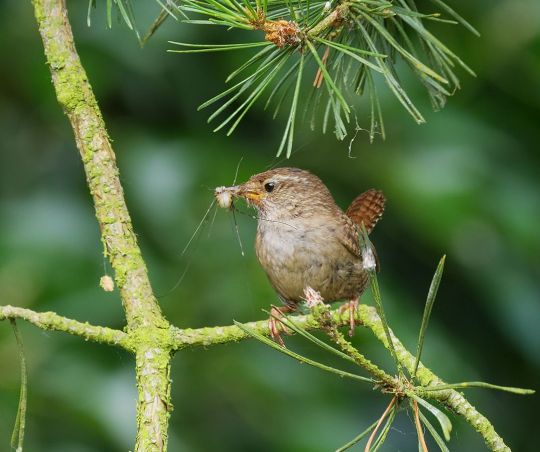
The King of All Birds
The Eurasian wren, also known as the northern wren or the winter wren (Troglodytes troglodytes) is found throughout Asia, most of Europe, and northern Africa; it has also been introduced into parts of North America. This bird can thrive in a variety of habitats, but prefer deciduous or coniferous forests with plenty of bushes and leaf cover.
The northern wren is on the small side, only 9 to 10 cm (3.5 to 3.9 in) long with a wingspan of 13–17 cm (5.1–6.7 in), and weighing at most about 10 g (0.35 oz). It is brown all over; darker on top, and mottled tan on the underside, wings, and tail. Males and females are nearly identical, but in the breeding season they can be distinguished by a brood patch on the females or a swollen cloaca in the males. T. troglodytes has several calls and songs, the most common of which is a "tic-tic-tic" sound.
Breeding season throughout Europe and Asia is in the spring and summer, from March to August. Males maintain a territory, reinforcing its boundaries with complex songs and building several nests to draw in females. When a female arrives, he gives her a tour of his territory and, if she's impressed, she allows him to mate. After this, she lays 5-7 eggs in one of the males' nests and proceeds to incubate them while he provides food. At about 15 days, the eggs hatch. Generally the young are cared for by the female, while the male seeks out another mate, but some monogamous males will stay with the nest until the chicks have fledged at about 16 days old. Winter wrens only live about 2 years old in the wild, though some individuals may live as long as 4 years.
The eurasian wren is active primarily during the day, and when not defending their territories or seeking out mates, they are foraging for insects. Their primary prey are moths, butterflies, millipedes, and larvae-- and, in riparian areas, aquatic invertebrates. Birds of prey like northern harriers are the primary predators of T. troglodytes adults, while nests are targets for crows, jays, and weasels.
Conservation status: Due to its large range and population size, the Eurasian wren is considered Least Concern by the IUCN. In fact, studies and monitoring programs indicate that the number of winter wrens is increasing.
If you like what I do, consider leaving a tip or buying me a kofi!
Photos
Ashley Bradford
Andy Wilson
Steve Garvie
Andreas Eichler
#eurasian wren#Passeriformes#Troglodytidae#wrens#perching birds#birds#deciduous forest birds#evergreen forest birds#generalist fauna#generalist birds#europe#asia#eastern asia#africa#north africa
164 notes
·
View notes